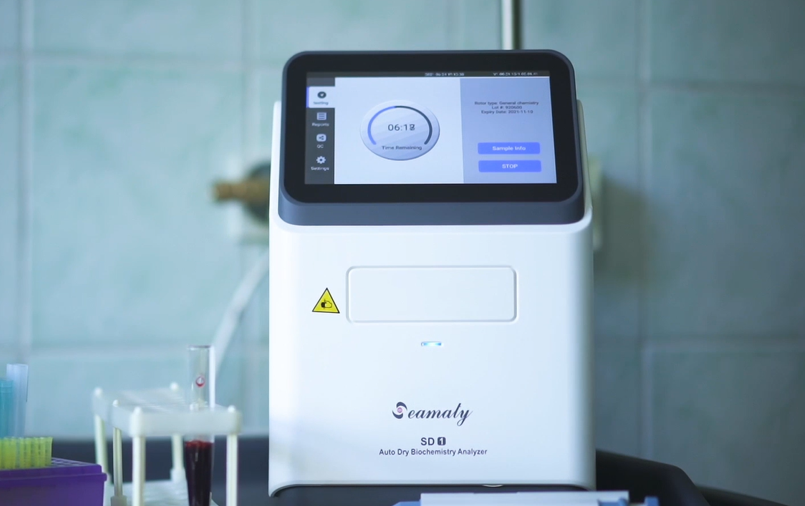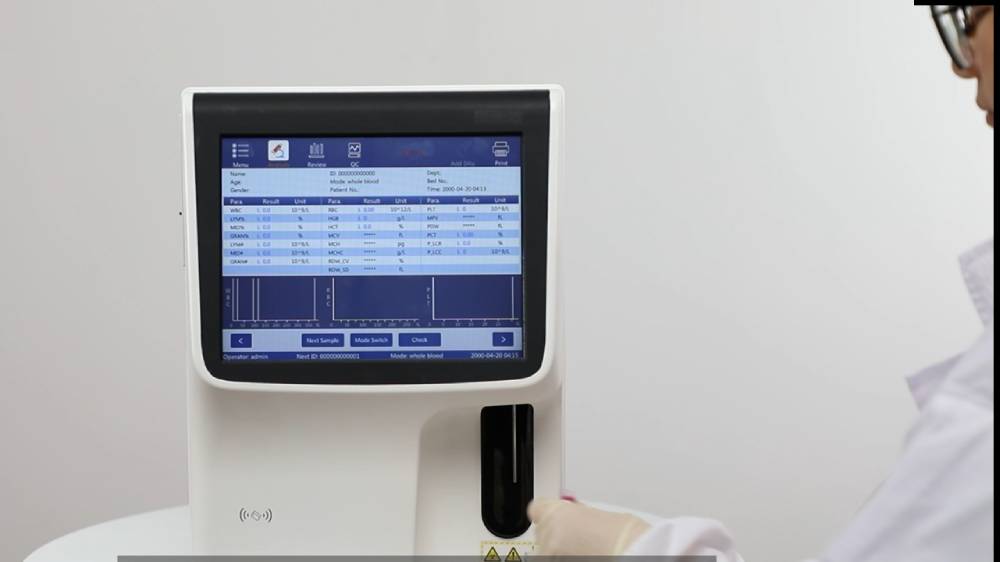release time:2021-08-30 16:25:50
Are biochemistry analyzers and hematology analyzers similar analyzer products?
What is the difference between these two analyzers?
What are the differences and similarities?
Continue Reading↓↓↓


2022-04-11
Sterilisation is the physical or chemical removal of all microorganisms (including budding spores) from medical devices, dressings and other objects to a level of sterility in order to avoid the occurrence of infections and the spread of disease caused by medical devices during use.

2021-11-11
We can simply understand POCT equipment as a new type of convenient medical equipment for examination. Its biggest characteristic is "small, fast, non-professional operation". It can be convenient for patients and reduce the time for patients to confirm the diagnosis. At the same time, POCT equipment has the function of continuous use to monitor the condition. For example, heart disease patients can quickly understand and control their condition by testing at certain intervals.

2021-09-26
A hematocrit analyzer is a device used to perform a complete blood count (CBC) or hemogram. It allows quantitative and qualitative analysis of the elements formed in the blood. Examples include red blood cells, white blood cells and platelets. Blood cell analyzers are mainly used in medical analysis laboratories or hospitals with hematology departments.